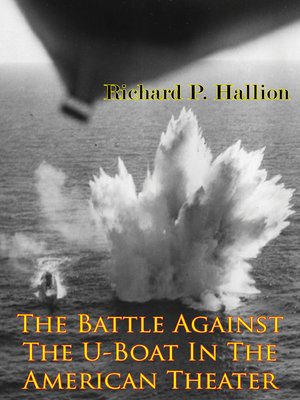The Battle Against the U-Boat In the American Theater
ebook ∣ The U.S. Army Air Forces in World War II
By Richard P. Hallion

Sign up to save your library
With an OverDrive account, you can save your favorite libraries for at-a-glance information about availability. Find out more about OverDrive accounts.
Find this title in Libby, the library reading app by OverDrive.



Search for a digital library with this title
Title found at these libraries:
| Library Name | Distance |
|---|---|
| Loading... |
Includes 20 Illustrations In 1942 the Allied powers faced the most serious challenge to their control of the seas encountered in the Second World War: the menace of the U-boat. Fast, well- armed, and long-ranged, Hitler's submarines attacked shipping throughout the North Atlantic, often within sight of America's coastal towns and cities. Eventually, the combination of intelligence, land and sea- based air power, and surface vessel operations from both North American and British bases ended this threat, making possible the Allied build-up for the invasion of Europe in 1944. Flying radar-equipped long-range patrol planes, AAF airmen demonstrated the value of land-based air power against naval threats. This success has been reaffirmed consistently since the Second World War, from Vietnam and crises such as the Mayaguez incident to operations in Desert Shield and Desert Storm. The Harpoon-armed B-52s of our present-day global Air Force are the heirs of a sea-control tradition dating to the AAF's A-29s and B-24s of the Second World War.







